1967-1972 Chevrolet C10 Pickup – A Major Step Toward the Modern Truck

With the second-generation 1967-1972 Chevrolet C Series, the company took another significant step in transforming the pickup truck. It altered perceptions of a pickup from a basic work tool for farmers and ranchers to a comfortable dual-purpose vehicle that can be driven for everything from hauling hay to daily trips around town.
1967-1972 Chevrolet C10 Pickup – A Major Step Toward the Modern Truck
With the second-generation 1967-1972 Chevrolet C Series, the company took another significant step in transforming the pickup truck. It altered perceptions of a pickup from a basic work tool for farmers and ranchers to a comfortable dual-purpose vehicle that can be driven for everything from hauling hay to daily trips around town.

Origins: First Generation 1960-1966
Chevy’s first big step was the 1960-1966 C-Series trucks, where engineers abandoned the straight frame for a drop center design that lowered ride height. Another area of improvement over old-style trucks was the suspension. At the front, it was a fully independent short and long arm setup, with first torsion bars and then coil springs, which didn’t require periodic adjustment as torsion bars did.
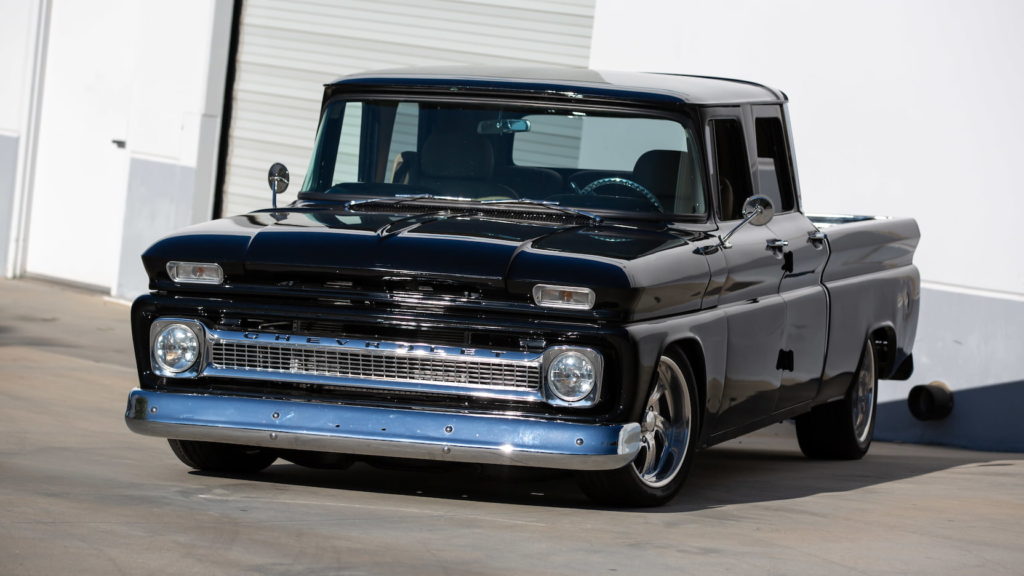
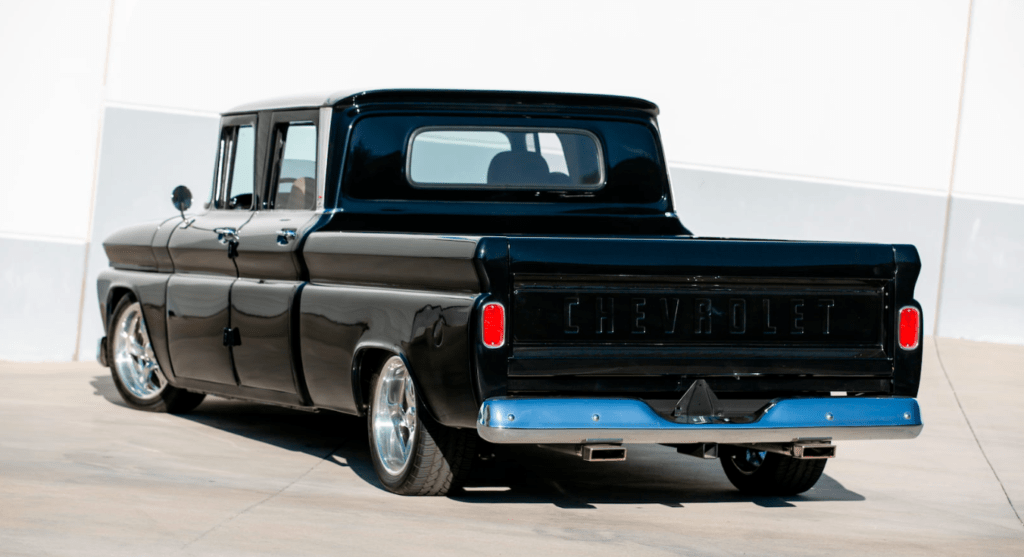
At the rear, coil springs replaced the previous leaf springs, which allowed engineers to better tune the rear end without the inherent friction of leaf springs. The C Series compared very favorably with the Ford F-150, with its problematic Twin I-Beam front and leaf spring rear suspension.
Initially, the styling of the first-generation trucks was a little extreme (with pods inset on the hood, styled like the front of GM’s 1955 Aerotrain). Although stylists worked to modernize the design over its six-model-year run, they created a clean sheet of paper design for its replacement.

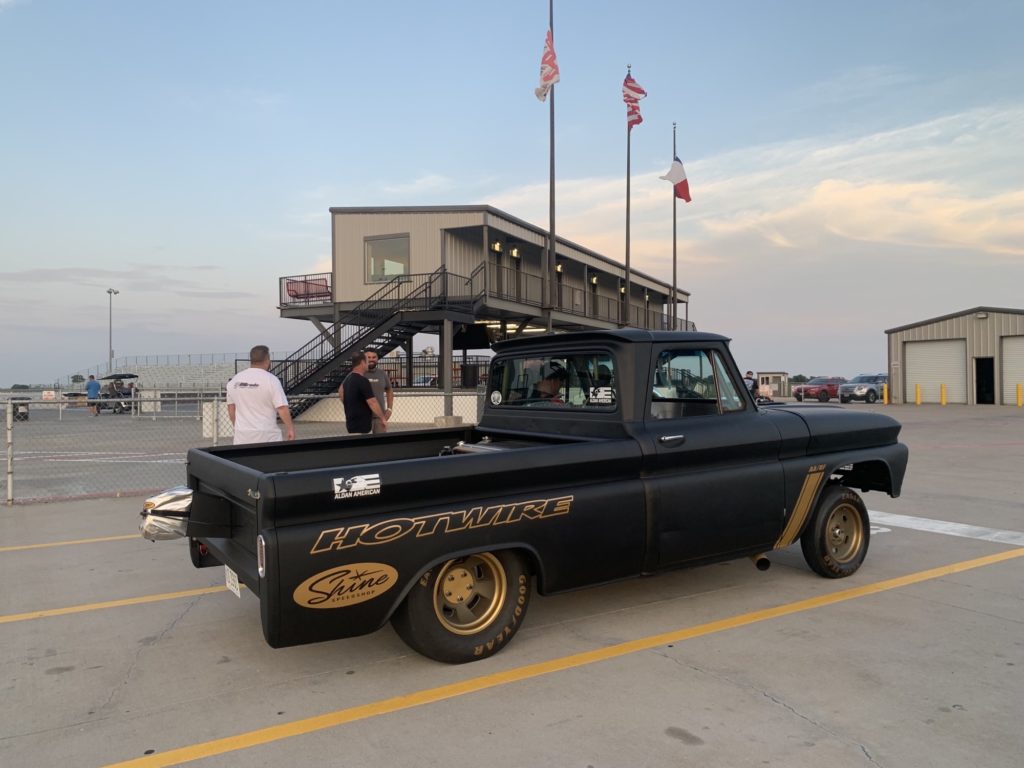
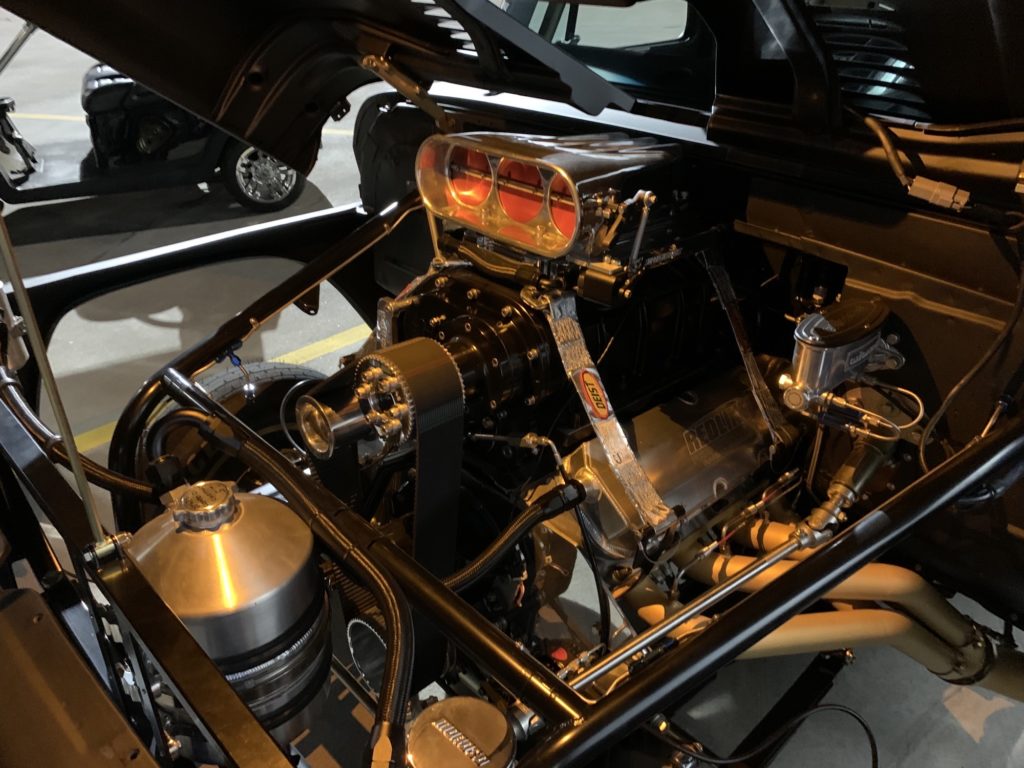
Photo Credit: Jimmy Shine’s, First Gen C10 w/ Aldan American TruLine single adjustable shocks up front and our Striker Series double adjustable coilovers on the rear.
Styling: Second Generation 1967-1972
Considering that the tail fin era peaked just a few years before work began on the styling of the second-gen C Series, it must have surprised many when the truck debuted. It was a supremely clean design with little flourish. Everything about it was understated.

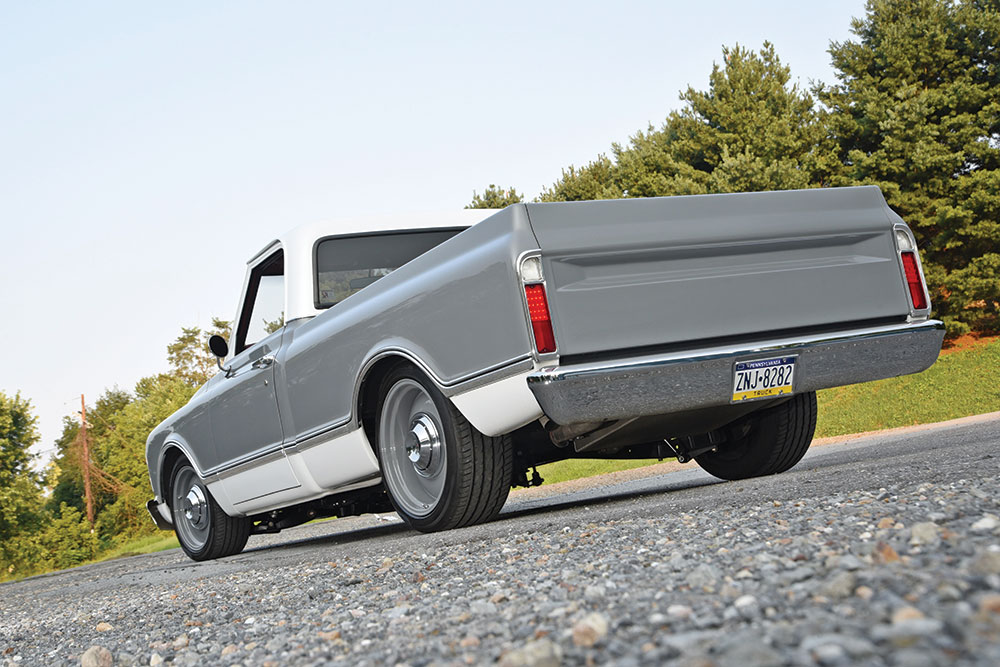
Changes over the first-gen models included all-new sheet metal, a longer front hood, a lower overall height and a reduced gap between the cab and truck bed. The 1967 to 1972 Chevy C10 trucks featured concealed tailgate latches and a center-mounted latch handle versus the links and chains of the previous model.
On their Truck Legends website, Chevrolet stated that the new “Action Line” featured a “simple body side with strong shoulders that taper toward the rear, a more integrated fender and hood, and a simple grille are hallmarks of this clean and iconic design.”
Year-over-year styling changes were small and easily summarized:
- 1967 models are easy to spot with parking lights fitted on either side of the grille, with a Chevy bowtie logo front and center. If the truck has a small rear window, it’s definitely a ’67, as that was the only year offered. The designer intended it to provide a coupe-like feel, but buyers didn’t care for it.
- 1968 trucks look much like ’67s, except that new DOT regulations required side marker lights front and rear that came into force that year.
- 1969 was the first year of the egg crate grille. The hood was reshaped into a steeper front angle, and CHEVROLET replaced the bowtie on an aluminum grille bar.
- 1970 C10 trucks are challenging to differentiate from a ’69 model, except for Chevy introducing painted vertical grille bars.
- 1971 model’s grille design moved the bowtie from the hood to the grille, with parking lamps moved off the grille and onto the front bumper.
- 1972 the only change is Chevy removing the black trim line on the grille.
Now Available TruLine Single & Double Adjustable Shocks
For First – Third Gen C10s!
Body Configurations: Second generation 1967-1972
You could also pick between two body styles, the Fleetside or the Stepside. The second-gen Fleetside had smooth body panels, while the Stepside version had contoured panels, which outlined the rear wheel wells with a step behind each side door.
The Chevy C10 was available with a 6.5-foot bed and 115-inch wheelbase, or an optional 8-foot bed on a 127-inch wheelbase.

Chassis: Second Generation 1967-1972
The frame was one chassis item that didn’t carry over from the first-gen trucks. The complicated, reinforced x-frame was replaced with a more traditional ladder design, though stamped from heavier steel with beefy cross members.
While marketed as a full-size pickup, the 1967-1972 C10 trucks barely compare to today’s Silverado. In fact, in many dimensions, the second-generation C10 is closer to a 2022 Extended Cab Colorado.

Chevy largely carried over the suspension system from the first gen trucks. The front rode on a short-arm/long-arm independent suspension with coil springs. At the rear, coil springs were mounted directly to the long trailing arms steadied by a Panhard bar. The rear setup was so effective that it became the standard for NASCAR Cup cars up through 2021.
Engines and Transmissions: Second Generation 1967-1972
Chevrolet made available a range of engines for the 1967-1972 C10 pickup, in both straight six and V8 configurations:


- Actual displacement 402 CID
The least powerful engine in the second-gen was the Turbo-Thrift straight six, displacing 250 CID and developing 155 HP. Chevrolet offered six V8 engines between 1967 and 1972, including four small and two big blocks. While the 396 V8 was marketed only by displacement, it was the same engine found in the standard-level 1968 Chevelle SS 396. The L35 V8 featured a Quadrajet carb, oval port heads, and cast aluminum pistons on forged rods twisting a nodular iron crank. Output was 325 HP and 410 ft-lbs of torque.
A three-speed manual transmission was standard on the second-gen C10. Other optional choices included a four-speed manual, two-speed Powerglide automatic, and Turbo-Hydramatic 350 or 400 three-speed automatics.
Suspension Upgrades: Second Generation 1967-1972
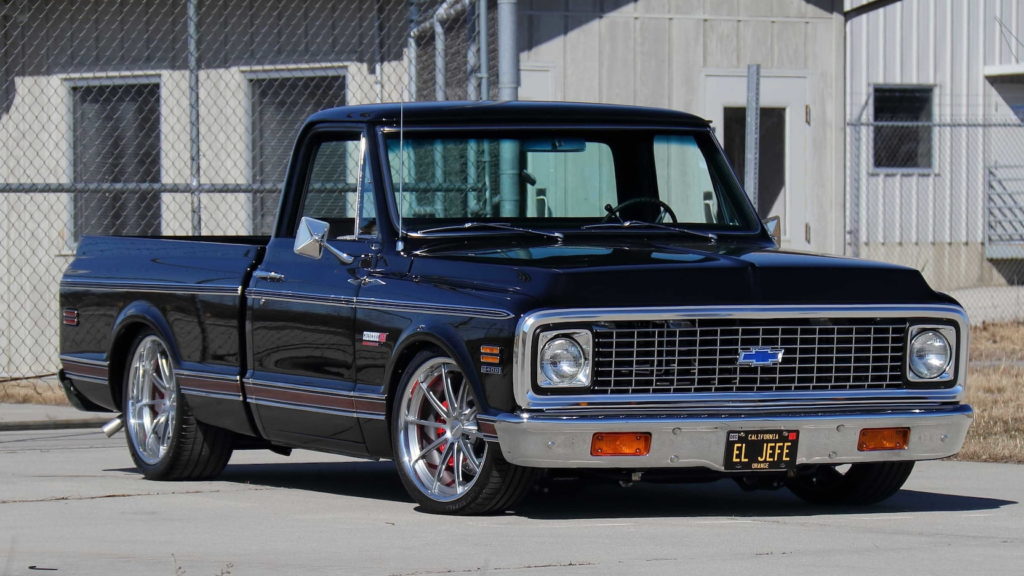
The 1967–72 Chevrolet C10 is iconic in design and easily the most popular, reliable, and easiest-to-modify classic pickup trucks out there. So, whether you’re working on an original stock truck, restoring a C10, or modifying one into a Resto Mod, Pro Touring, or Pro Street style, Aldan American suspension components should be part of your restoration plan.
